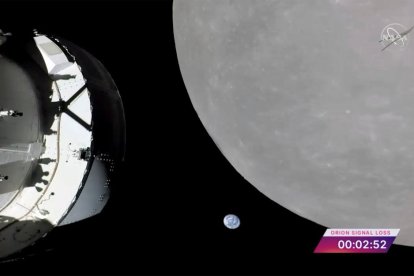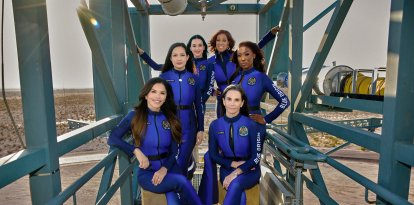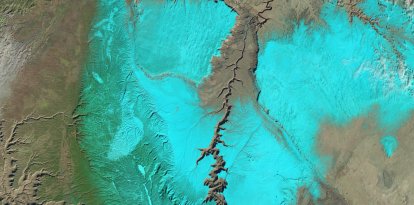NASA: Orion reaches the moon
The capsule traveling in Artemis I performed the 'outbond powered flyby' maneuver and managed to get within 80 miles of the lunar surface.

(NASA)
Five days after starting its journey, Orion has arrived at the moon. NASA announced Monday at 07:44 ET that the Artemis I capsule was just 80 miles from the lunar surface.
The maneuver known as an outbound powered flyby, which NASA broadcast live, lasted two and a half minutes. In it, the moon could be seen growing larger and larger as Orion approached the lunar surface to take advantage of the satellite's gravitational pull.
After this, NASA lost contact with the capsule and the three test dummies for half an hour because the spacecraft was passing around the far side of the moon. But flight controllers in Houston were later able to recover the connection thanks to the Goldstone station and are currently studying the development of the maneuver. The conclusions reached will be announced at a press conference to be held at 5:00 p.m. ET, which can be followed on the company's website.
Flight Director Zeb Scoville could not hide his excitement as he witnessed the moment: "This is one of those days that we've been thinking about and talking about for a long, long time," he said during the Orion live broadcast in which the onboard cameras sent back an image showing the Earth as a blue dot surrounded by blackness.
The journey continues
The mission is not over yet. The capsule will orbit the moon for seven days, as reported by NASA in a statement:
Orion will conclude its journey on December 11, after 25 days in space. On that day it is scheduled to fall over the Pacific Ocean. There, a team of scientists will be waiting for it to collect all the data brought back by the capsule returning from the moon fifty years after man first set foot on it.
RECOMMENDATION





















